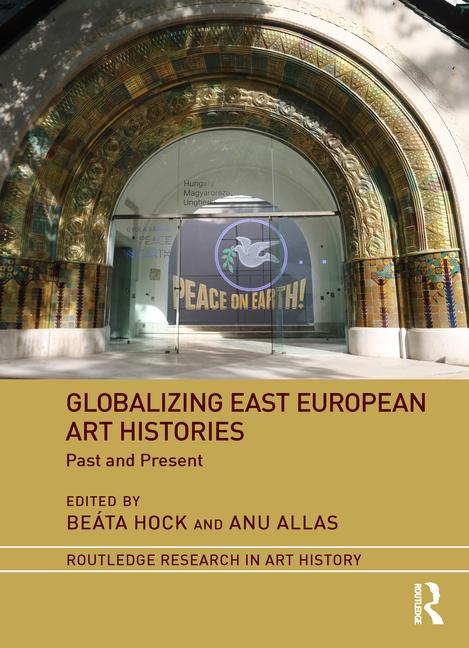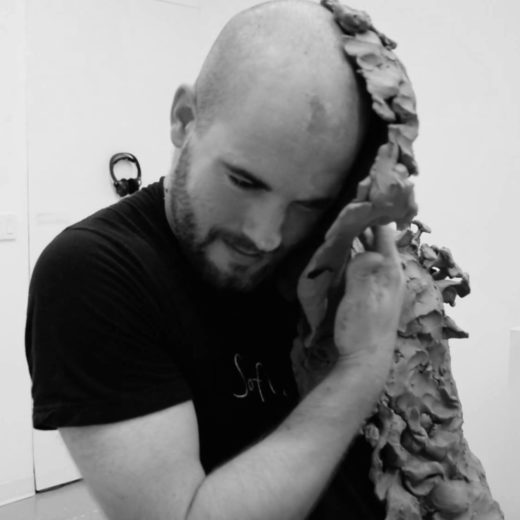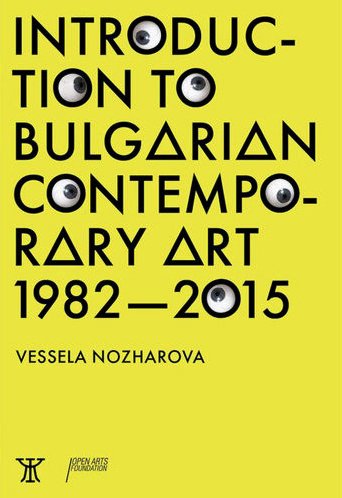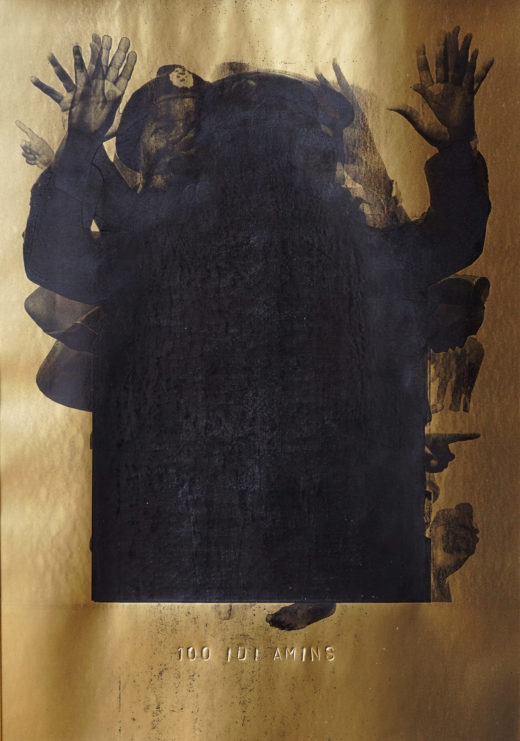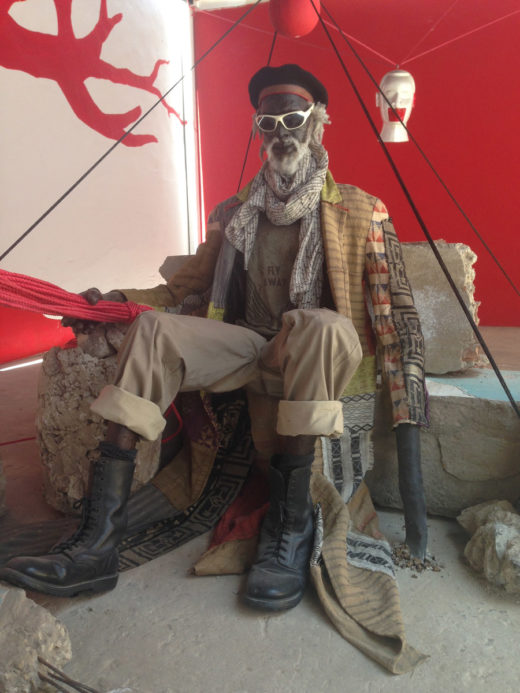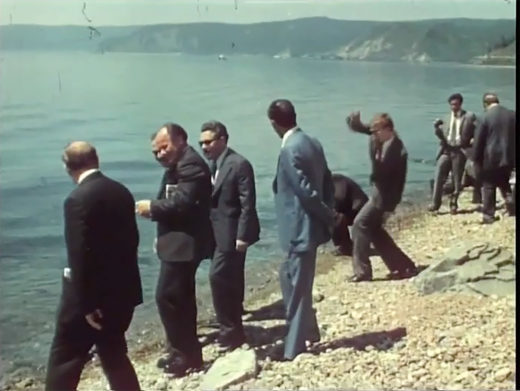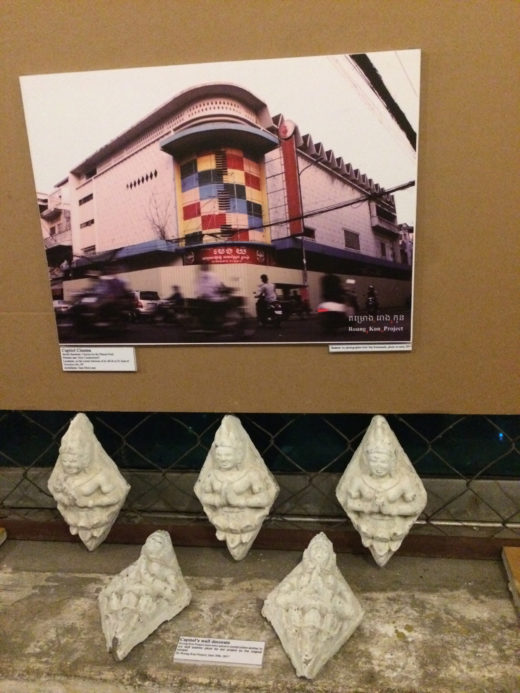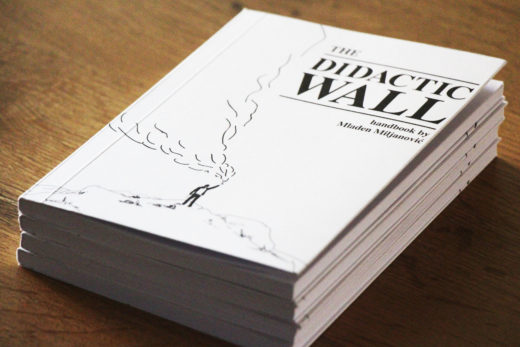Slow Life: Radical Practices of the Everyday
Slow Life: Radical Practices of the Everyday / Lassú Élet: Radikális Hétköznapok, Ludwig Museum, Budapest, April 9 – August 23, 2020
In the late 1930s, over a period of six years, Marcel Duchamp created twenty slightly varying miniaturized and portable galleries of sixty-nine of his pre-1935 works, enclosed in a suitcase and arranged to stand up like the displays of a travelling salesman. His Boîte-en-valise (1935-41) evoked the preparation of a man ready to be on the move at short notice; it anticipated, figuratively, the artist’s flight from occupied France to New York in 1942. Confronting the current pandemic crisis, … Read more


